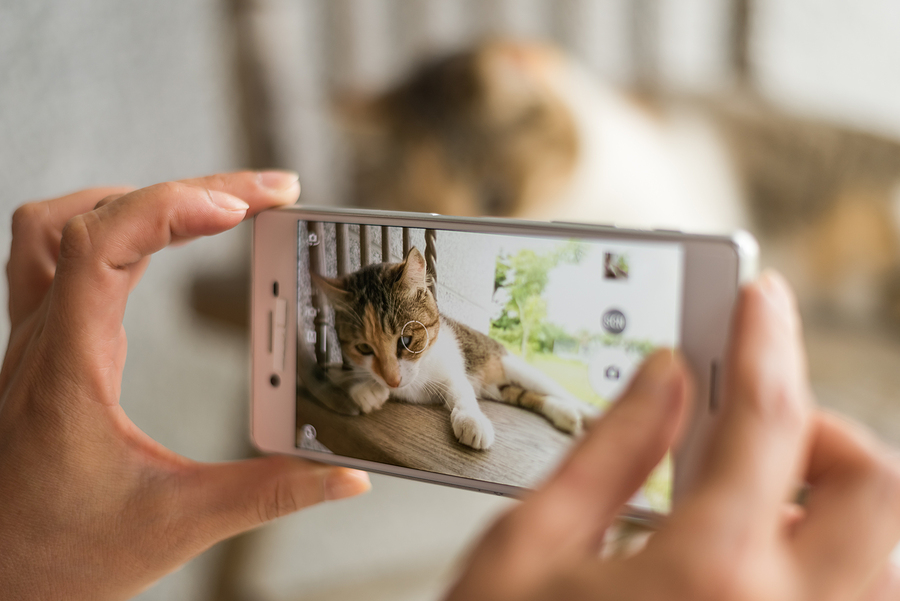If you’re like me, sharing your home with a cat is an enriching, rewarding experience. My cat is a 5-year-old Calico named Trinity. She earned her name because she came to me as an 8-week-old stray with a badly injured right rear leg that had to be amputated. I decided to adopt her and help her through that stressful time.
She’s been happy and healthy ever since then, living exclusively indoors. However, because she’s missing a leg, the other three are that much more important – and that much more prone to developing osteoarthritis (OA), a painful condition of the joints commonly known as arthritis.
There are many more cats living with OA than you may expect. In fact, researchers have found that 61 percent of cats over 6 years of age have OA in at least one of their joints1. Despite this, diagnosing OA in the veterinary clinic is notoriously difficult owing to a cat’s natural reaction to the fear, anxiety, and stress (FAS) that many cats experience after a car ride and being brought into a new environment, such as a veterinary clinic.
One of the most reliable indicators of pain from OA is a cat losing mobility or having difficulty performing common behaviors such as climbing, jumping, and chasing2. And, this is where you – as the guardian of your cat’s health – can be invaluable in aiding your veterinarian by keeping an eye out for signs of OA in your beloved kitty.
You have a tool, likely within arm’s reach, which will help your veterinarian immensely to make an accurate OA diagnosis for your cat – your mobile phone’s camera! By recording video of the way that your feline moves, you and your veterinarian will be able to partner together to spot signs of trouble and, if needed, get your kitty the help she deserves.
To get started, visit the Cat OA Checklist. This is a screening tool to help you decide if your cat’s behaviors are suggestive of OA or not. The next step is to take some videos of the way your cat walks, jumps, runs, and chases objects.
Here are some tips to get the best video – and information – for your veterinarian
- Record the video with your camera hand-held (no tripod) and phone sideways (landscape). This helps you follow and capture your cat’s movements more smoothly.
- Choose an open, well-lit area. Make sure your cat does not blend into the background as he/she moves around.
- Only one cat per video. It is easiest for your veterinarian to assess a single cat at a time, so keep other animals or people out of the frame.
- Show your cat in motion, from the side, with their whole body (legs included) on screen. Your veterinarian needs to see the whole body to find out if your cat is having difficulty doing certain movements. Don’t film head-on as it can make it difficult to see problems in the back legs.
- Actions and behaviors to capture. It is ideal to capture these movements a few times each as they tend to best show OA pain when repeated.
- Climbing up or going downstairs
- Jumping up or jumping down from a chair or table
- Running
- Chasing objects, preferably on a flat surface
- Audio/sound is generally not needed.
You and your veterinarian have the same goal: a long, happy life for your cat and a good relationship between you and your cat. OA and the pain it causes can significantly alter your cat’s quality of life and the relationship you share. For this reason, early detection of OA is key to helping your cat regain comfort and mobility and to maintain your bond. Using the Cat OA Checklist and videos you take will help you and your veterinarian make good decisions about your cat’s health and well-being.
References:
- Hardie, EM, et al., J Am Vet Med Assoc, 2002 (v1.0)
- Enomoto, M, et al., J Feline Med Surg, 2020 (v1.0)
This article was reviewed/edited by board-certified veterinary behaviorist Dr. Kenneth Martin and/or veterinary technician specialist in behavior Debbie Martin, LVT.









